On the Road Again Plan a Trip to Recharge Your Creativity
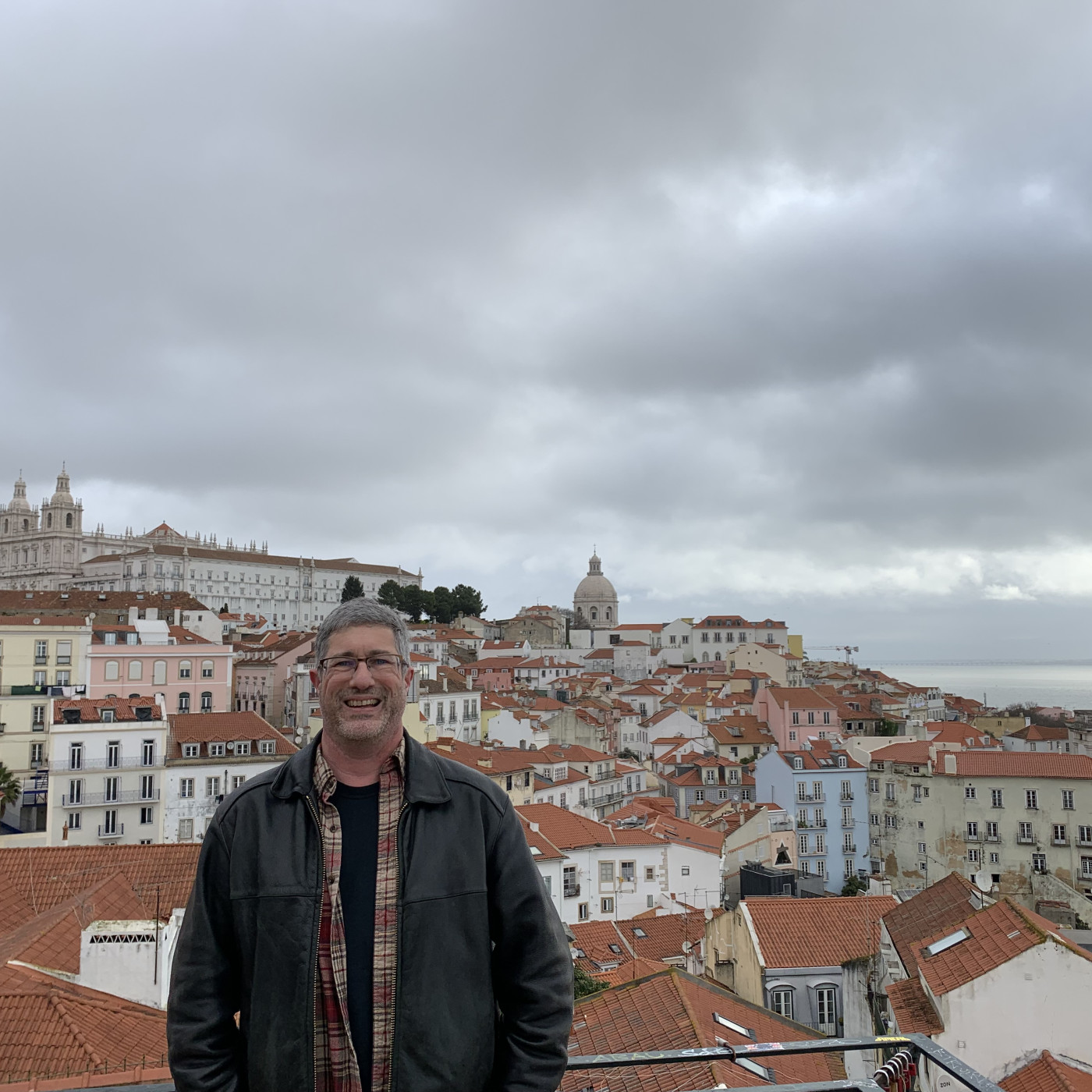
All Photos courtesy of Scott Obernberger
So, you would think with a title like “On the Road Again” that I would write a bit more about being on the road. Well folks, this is the time.
I am sitting on an airplane just over the tip of Greenland, and after taking a bit of a nap and reveling in the fact that I have an entire row to myself — yes, best trans-Atlantic flight ever — I decided it is time to write.
Last time, I wrote about taking a risk and seeing your business model in a whole new way. This column is about seeing the world in a whole new way.
And by seeing the world differently, you start to see your artwork a little differently, too. That’s right, it was time for me to recharge the creative batteries, and there is no better way to do that than by going somewhere entirely new!
Changes
All of us get into a routine. And do not get me wrong, having a routine is generally beneficial. It fuels productivity, it keeps us on track so we can make our art our profession, and it’s what gets us up in the morning and gets us going.
But sometimes we need to break the routine a bit when it starts to veer off into a rut. By stepping out of our normal day-to-day, we get a chance to view what we are doing in the context of other traditions and styles and reassess what we make.
Sometimes that reassessment brings new forms, new colors, even new ideas into being, and we incorporate those into what we do. Other times, it reaffirms what we have been doing and results only in some mild tweaking of what we do.
No matter what the outcome of reassessment, it’s always a useful exercise. It brings us to a new level or confirms the direction we are going is right for us and our respective businesses.
There are lots of ways to recharge your creativity and engage in self-examination. Classes in your current artform, or in an area you know little about, are usually a good bet. Meeting other artists in a studio setting where everyone is there to learn and share what they know is a wonderful way to expand.
Going to seminars or conferences can be another great way to start reexamining what we do and exploring other techniques. Even just the marketplace at a good conference, where you get to see all the latest tools and supplies available, is a great way to find out what is new and what could be a good addition.
For me, one of the most important ways to get inspired is to travel to a place where I can surround myself in beauty. So, off to Lisbon, Portugal, I went!
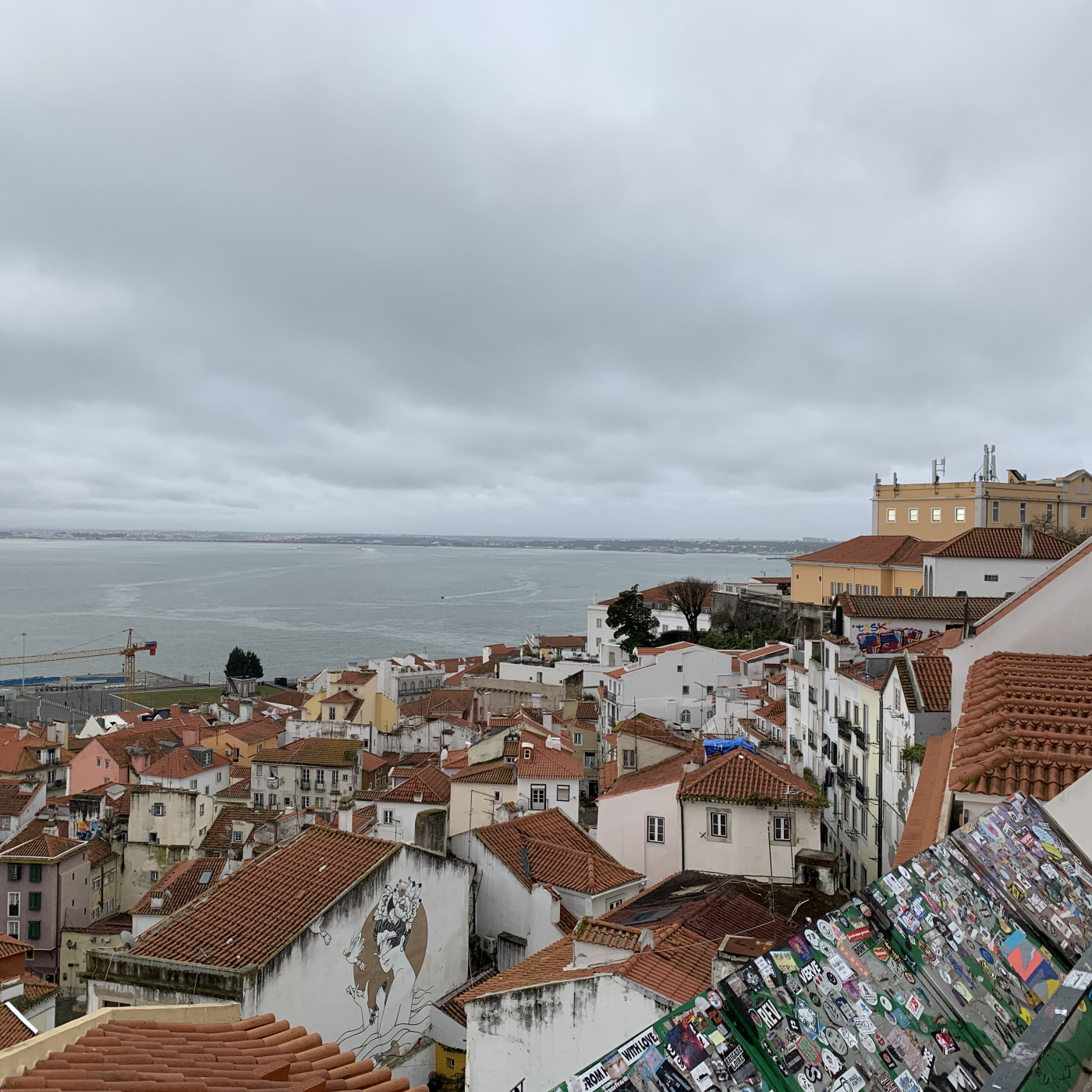
Everything Old Is New Again
Certain places in the world have a bit of a “Mecca” effect for potters and ceramicists. Lisbon is one of those places.
In addition to the absolute beauty of the place — the people, the nature, the architecture, the churches, the history, the food, the music, the language — Lisbon has a great tradition related to ceramic tile. Tile is everywhere there, and it’s not just for kitchens and bathrooms anymore!
Most of the buildings are covered in tile. Why, do you ask? After the great earthquake in 1755 that leveled most of the city, the people rebuilt and redesigned most of it.
They used the tragedy to reexamine what they wanted. The rebuild took on a grid pattern (quite modern for 1755).
The buildings also took on a more practical form — boxy. It was cheaper, easier, and faster to build. It worked with a grid layout. But it was boring. It lacked color and artistry.
And then came tiles. Everywhere. All over the exteriors of the new city. Greens, blues, yellows, pinks, even the occasional purple. And the city was reborn.
Now, tile was not new to the people of Lisbon. They already used them extensively on the interiors of their homes, meeting spaces, stores, and churches. They came from the Moorish tradition left by the Moors when they occupied the country.
While the earthquake gave the people of Portugal an opportunity to reimagine their city and make it something new, it also allowed them to link their present and ultimately their future to their past. And that’s what makes it work, finding the new in the old. Not just throwing out the past, but instead embracing it, honoring it, and incorporating it into the present.
This is what reexamination should accomplish. Do not be afraid of trying something new and different, but do not throw the baby out with the bathwater either.
You have gotten here because of your hard work, ingenuity, creativity, and vision. Your past has gotten you to your present and it is guiding you into your future.
So, honor it. Embrace it. See the old with new eyes and allow it to shine through your work in a slightly different way. That is what Lisbon did, and as a result, it has enjoyed a rebirth, a new renaissance.
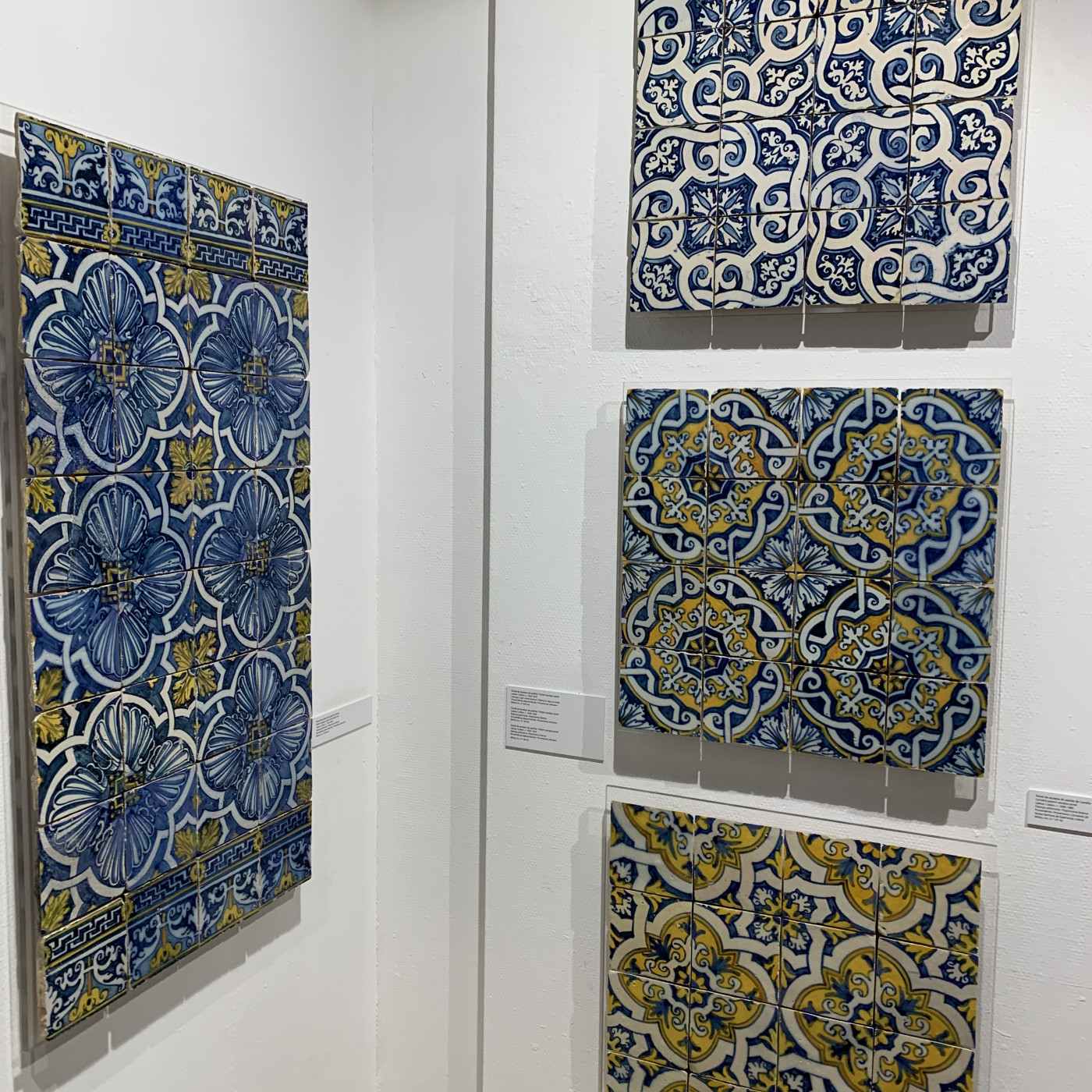
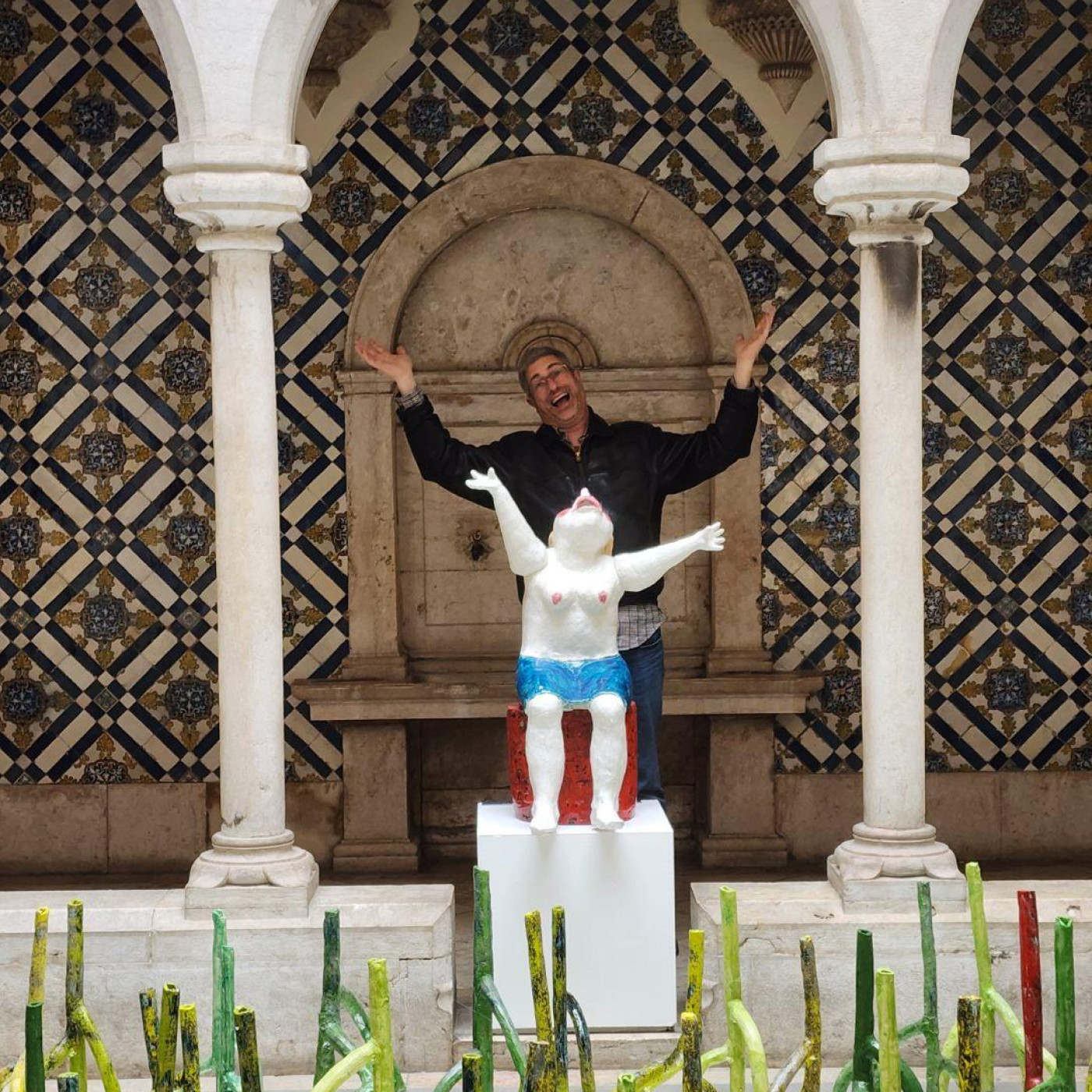
Universal Traveler
As we discover these “new” things, we also learn they are not necessarily as new to us as we first think. There is a commonality deep within even the most foreign exterior. And if we look close enough, we oftentimes find ourselves within it.
C.S. Lewis wrote about how amazing it is that all the world’s different cultures share a common set of core values and beliefs, and this commonality existed before they found and were influenced by one another. So is the case with art.
Although it appears so different on the surface, art has a way of carrying a common thread within. There is universality in it. It serves common purposes. It inspires. It enlightens. It examines. It functions. And it brings joy.
In addition to forcing us to get a bit philosophical about our relationship to one another, the world, and our maker, travel provides us with a chance to see new things that can enhance our art.
Whether it is shape and form, style and aesthetic, or colors and shadows, exposing ourselves to new cultures and new art gives us a chance to reexamine our own choices when it comes to what we make. The shapes of the buildings, the layout of a place, and even the different flora and fauna can lead to new ideas.
When you go, try to get into as many museums, palaces, and churches as you can. It’s not just a matter of seeing all the things you have read about. It is about seeing them up close.
Reproductions in text and coffee table books cannot show you the uniqueness of each brush stroke, the surface of a piece, or the true color of a work. For that, you need to see it up close and in person.
A photograph of a Gustav Klimt does not show you the three-dimensional nature of his work — the way the gold leafing layers upon itself, the thickness of the paint, the angular cuts that create depth.
A book with reproductions of Giotto di Bondone’s work does a disservice to his frescos in the Basilica of St. Francis of Assisi. Seeing the real thing up close overwhelms you — the color and the transition toward the Renaissance cannot be fully appreciated from the pages of a coffee table book.
Going to see the real thing gives you a true appreciation for the work itself and gives you inspiration and ideas. Can the technique be replicated? How do I introduce some aspect of it into my work? Could a texture or form I see in a painting be used in clay?
These are things you need to encounter up close and personal. This is why exploring the world is so important.
It takes us out of our comfort zone to experience something different and new. It gives us the chance to truly “see” something for the first time, even if we have seen it a hundred times before in books and magazines.
I’ve Been Everywhere
So, as you get ready for the show season, take some time to explore the world and look for the differences and similarities between all of us and our work. Do not be afraid to try something new — a new color or technique, surface treatment or texture, shape or form.
Research how others have done it and see what can be learned from their experiences. And if you get a chance, look at where you might like to go exploring.
There is a big world out there, and it is easier than ever to see corners of it our grandparents could not even fathom getting to. Take advantage of every opportunity you can. Without a doubt, it will be the most fun you’ll ever have with a research project!
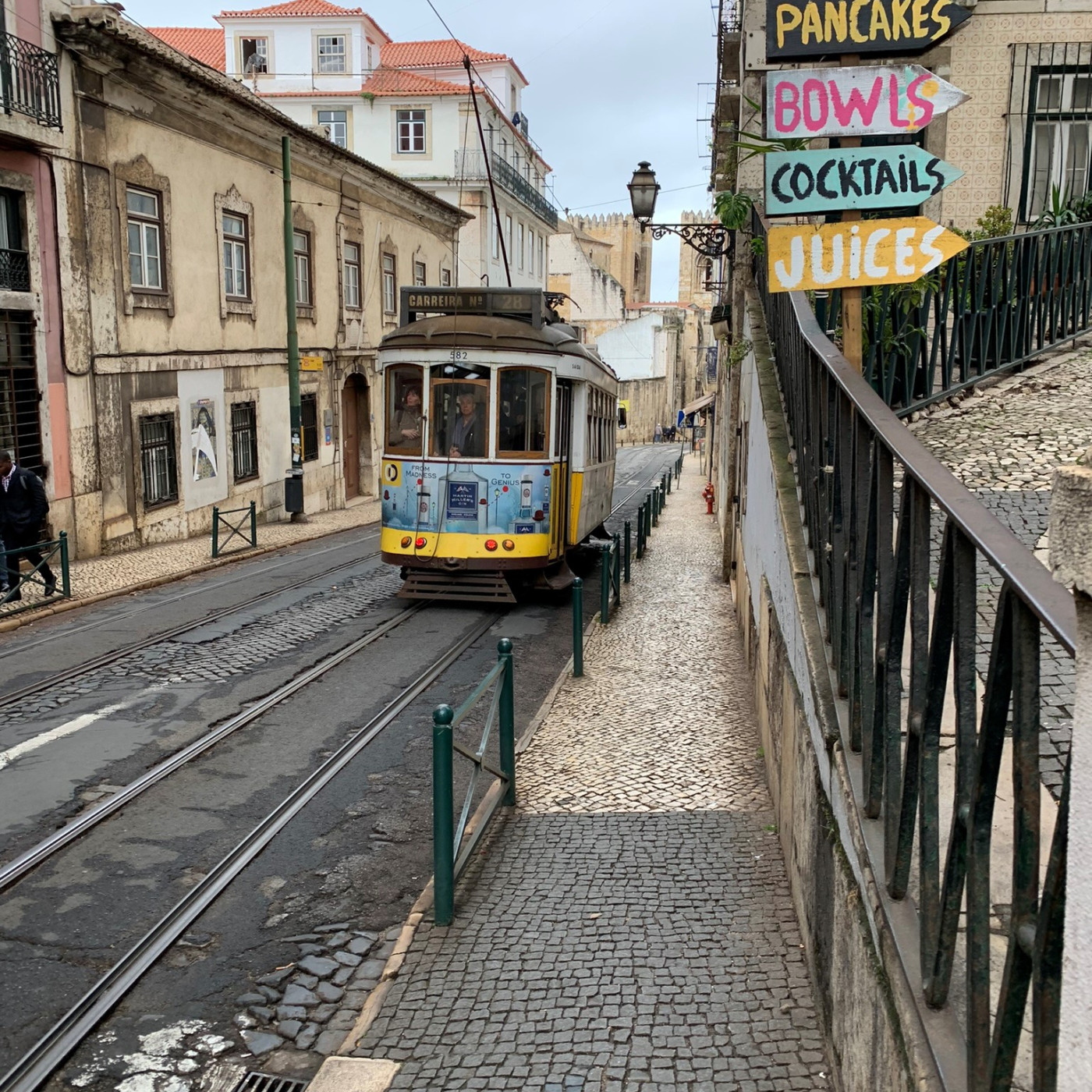
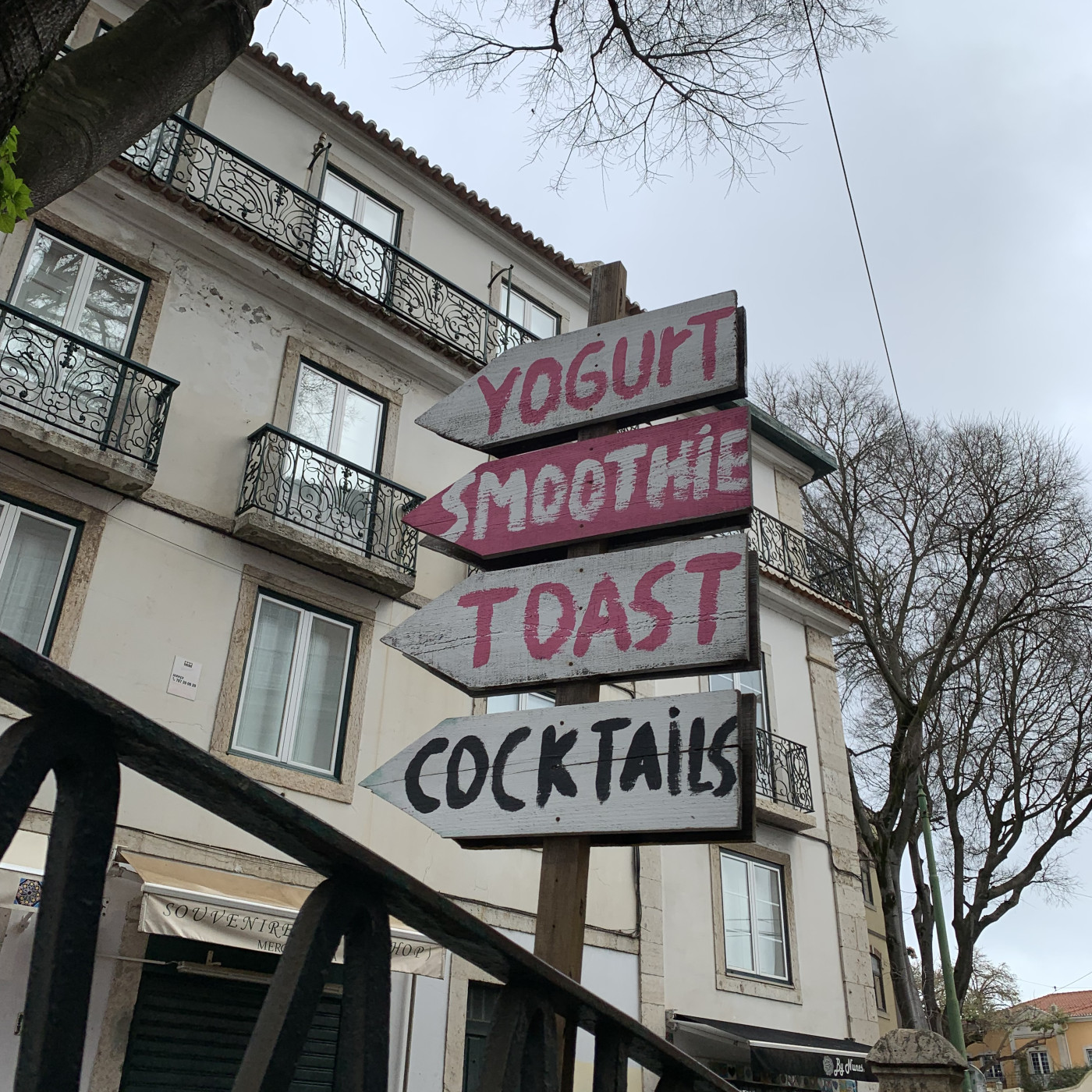
Scott Obernberger runs Twice Baked Pottery in Jefferson, Wisconsin. The former attorney discusses his creative journey and the lessons he learns along the way in this column for Sunshine Artist. Learn more about Scott and his business at www.twicebakedpottery.com.
